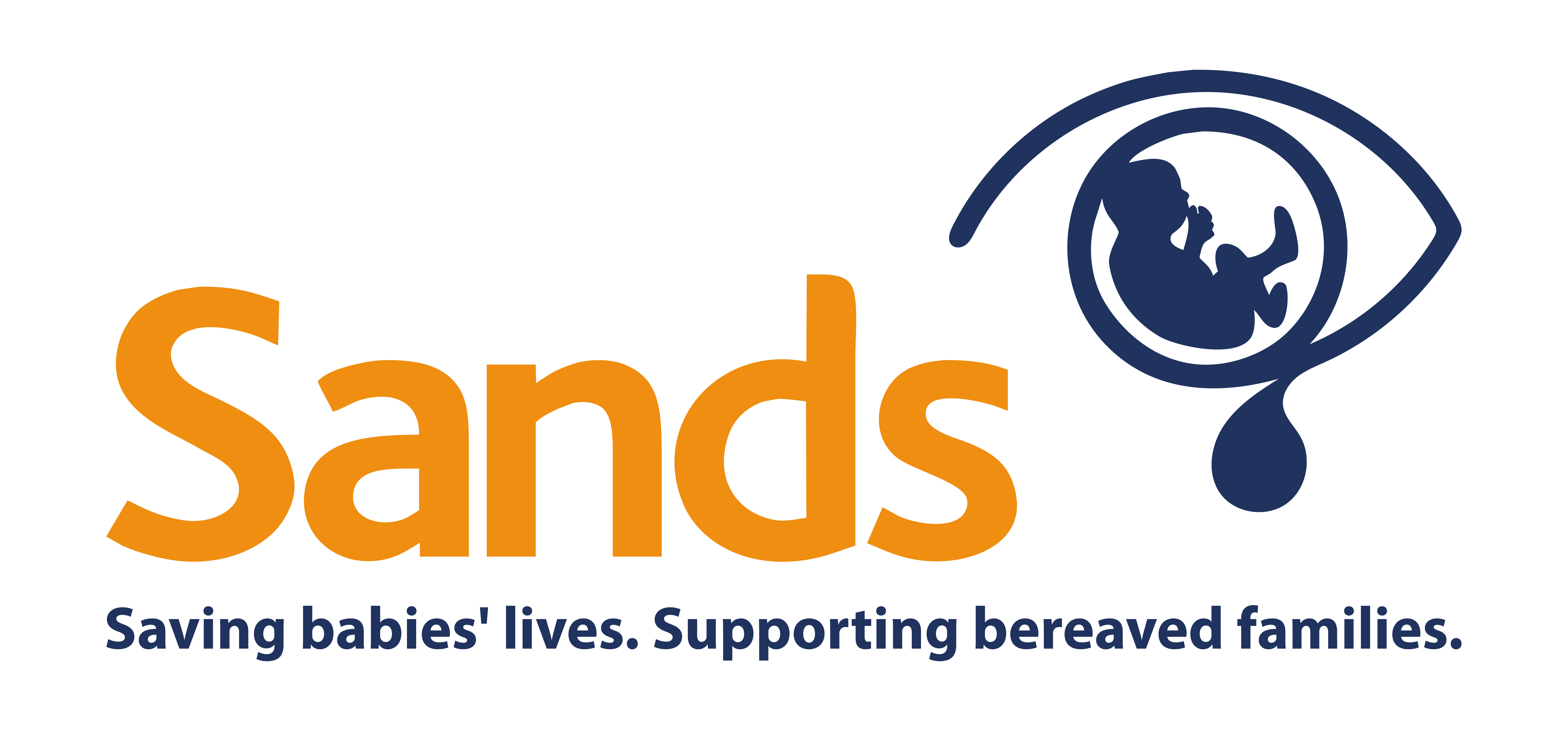A new research project, led by the University of Leicester and funded by Sands, is set to explore how websites and apps can provide better support to women during the perinatal stage of pregnancy (from 22 weeks to seven days after birth).
The 12 month study is led by Dr Nicola Mackintosh, Associate Professor in Social Science Applied to Health, University of Leicester, and aims to make recommendations that will improve identification of at risk pregnancies and improve interventions.
Dr Mackintosh, said: “We know that women use websites, mobile phone apps and social media platforms routinely to learn about pregnancy, birth and the postnatal period.
“However, we know little about the role that different digital resources play in helping, or potentially hindering, women distinguish between ‘normal’ pregnancy-related changes and what could be a sign of a complication.
“Our understanding of which websites and apps women use, and how these resources work to help women self-diagnose and recognise if their symptoms may be significant, and self-triage - decide whether they should seek help, where, and how urgently -for potentially serious signs such as altered baby movements, bleeding, severe headaches, blurred vision and itching is quite limited.
“As women look for digital guidance outside the healthcare setting, we also need to understand how this shift affects women and provider roles and responsibilities, and relationships within the clinical setting.”
This is an important study which will address the current gap in understanding how digital resources work alongside the provision of professional maternity care. The findings will provide guidance for women, parent organisations, healthcare staff and policymakers on the design and use of these resources to enable early detection and treatment of perinatal complications.
Clea Harmer, Chief Executive of Sands, said: “Early detection and treatment of complications in later pregnancy is a vital part of preventing stillbirth and neonatal death and women need accurate information to help them spot when something may be wrong and seek medical advice.
“By funding this research Sands hopes to gain insights that will lead to improvements in digital information and resources that help women take informed decisions to ensure they and their baby are as safe as possible.”
More on the methodology
The study is based in three Trusts - two large urban and a smaller rural site -and involves three work phases:
Firstly, prior to discharge from their postnatal wards, women will be asked to complete a survey to assess any safety concerns they had during their pregnancies and to understand if they used any websites and apps to help self-diagnosis.
Next, interviews will be conducted with 30 women and 20 staff members to explore their experiences of using websites and apps and how they fit alongside other means of support, such as family advice, antenatal guidance and telephone helplines.
Lastly, guided by responses to the survey and interviews, the researchers will choose a sample of websites and apps to understand differences in presentation of the information and the language and images used, particularly in relation to presentation of risk, self-care and help seeking advice.
